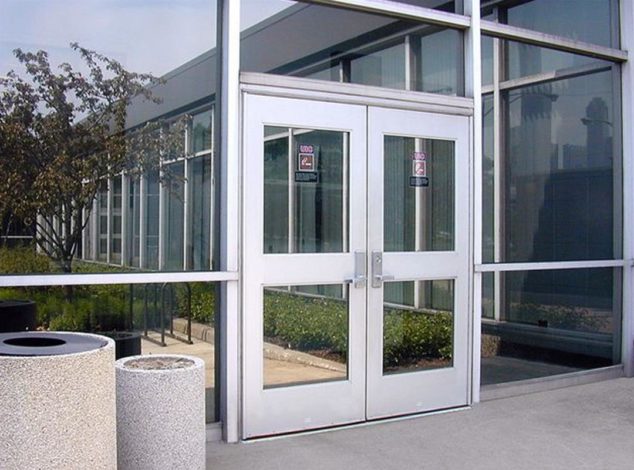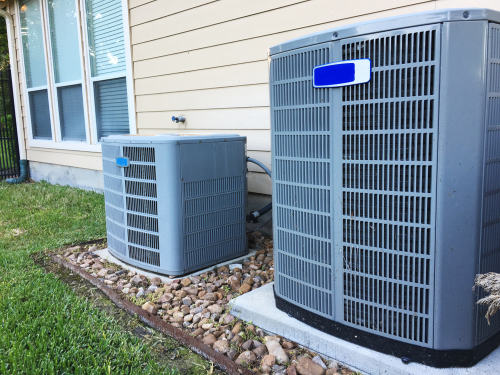Websites are designed to give individuals, brands, businesses, causes and corporations alike valuable online visibility. Creation of a secure website implants consumer confidence in shopping in online businesses and stores.
Launch of a corporate website can help create brand awareness and convenience in interactions with customers. It is important to make security a top priority when making the website. Else, not only will key customers will be lost and business will face a potential closure.
Steps in making websites secure
The following are key steps in helping to make your website more secure, cour
tesy of web developers from an agency specializing in web development & web design Miami.
1. Choosing a capable host
When users start their website, they will have an array of options for hosting. However, each hosting service provider has different advantages that can help improve the website. The degree of security depends on whether or not those providers have the following features:
- Web application firewall (WAF).
- Denial-of-service (DDoS) attack protection.
Established web hosts allow users to decide the extent of online safety they need for their website. This is the first step they can take in making their websites secure.
2. Selection of the correct content management system
Content management systems (CMS) are powerful tools in constructing websites & managing content. The best ones are consistently updating their protection systems, controlling their program coding and supporting quick processes.
A strong CMS is key to creating a secure website. A well-equipped CMS can defend websites & ensure minimal security gaps. These systems bolster their software via updates. The latest versions of the respective CMSs help websites withstand all sorts of hacking methods.
3. Properly managing add-ons & plugins
Add-ons and plugins help enhance user experience. But, overusing them can make the website prone to hazards. They slow down the website and freeze its responsiveness. Periodic inspection of add-ons and plugins help detect any present defects for remedy.
It is essential to examine the quality, details and revision history of plugins and add-ons whether they are from the existing CMS or a third-party software maker.
4. Enabling different levels of access
Different employees can contribute their expertise to the website, but distinct levels of controls are needed to supervise the website’s safety and employee behavior. Restricting permission for certain areas of the website as well as certain actions can avert serious errors and crashes.
This can be done by separate logins for different employees in order to help manage tweaks and publish content thus helping ward off errors.
Business owners and higher ranks in the management can have maximum privileges, leaving the website’s changing tasks to them. This can preserve the website and prevent massive attacks.
5. Implementation of strong passwords
A weak & inadequate password can severely overturn businesses. It is imperative that all organizations have strong password practices.
Cybersecurity professionals strongly recommend that users utilize an assorted quantity of passwords on platforms. Passwords must use a variety of alphabets, numbers, and symbols.
Two-factor authentication is one of those screening techniques that thwart hackers and their attempts.
6. Setting up automated backups
Investing in websites requires time and effort. Servers can fail which can mow down hard work. Backup systems are excellent ways to revive any company’s core website materials and expedite the relaunch.
During the investigation of the website’s crash, businesses can shield their websites from redundancies in manual recovery by means of an automated backup system. Data should always be stored in a central server to protect content against threats.
Automatic backups are best to help companies restart from scratch. They can also help in routine data collection.
7. Security subscriptions should be updated timely
Recurring security applications from the host or CMS can be usually renewed through subscriptions. Paid subscriptions require timely refinance. Firms must keep track on various subscription services by means of subscription alerts or auto-renewal of security subscriptions.
If they are not refinanced, then malware attacks can take place.
8. Inclusion of SSL certificates
Secure sockets layer (SSL) certificates help protect online purchases in online shopping. SSL verifies data interchange and encrypt data, protecting it from cyber-attacks. Websites can also exchange HTTP addresses for HTTPS to boost online security and consumer trust.
9. Have some time for testing
This is imperative. There should be time set aside for website testing.






